How to set up a turtle aquarium?
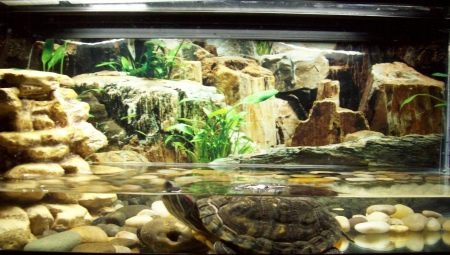
Like any other animal, turtles need comfortable living conditions. To properly equip a turtle's habitat, you need to adhere to certain rules.

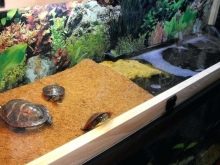
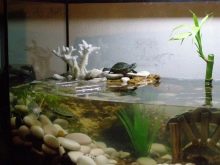
Size and shape requirements
There are many varieties of turtles, both land and aquatic. One of the most popular is the red-eared turtle. Usually reptiles are kept in a special aquarium (terrarium), which has its own microclimate. It is a container of small height, most often rectangular in shape. The size of the turtle tank depends primarily on the size and number of the reptiles. Its length and width should be several times (from 3 to 5) larger than the corresponding parameters of the tortoise shell. The length of the container should be greater than its width, and the height of the walls should be small - 45-50 cm.
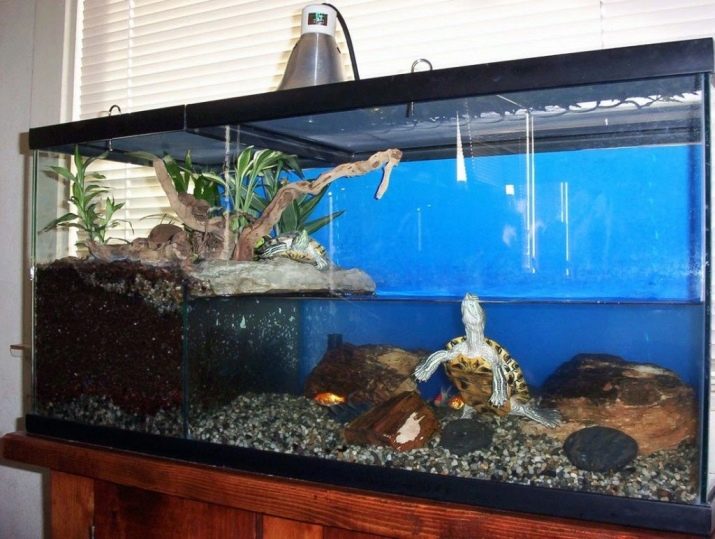
Terrestrial species require ample space as they love to move around. Therefore, the dwelling should not restrict the inhabitant in movement.
For a land turtle, an aquarium of several square meters. meters is the best option. To keep 1 land individual, not exceeding 15 cm, you will need a dwelling measuring 60x50x50 cm.For one large pet or 2 medium-sized ones, you need a large aquarium with a length of 100 to 120 cm, a height and width of 50 cm.
The size of a dwelling for aquatic reptiles also depends on their dimensions, namely:
- small ones within 10 cm need a capacity of about 40 to 50 liters;
- for a 20 cm pet - from 90 to 120 liters;
- for larger or 2 individuals - from 120 to 200 liters.
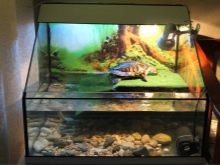
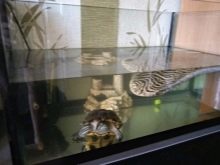

For the red-eared turtle, the aquarium is also selected individually in accordance with its size: a 10 cm long reptile will need a 40 liter container, 20 cm - from 80 to 100 liters, and for keeping 2 pets - an aquarium of 120–150 liters.
The shape of the aquarium for aquatic species should only be horizontal, where the length is greater than the width, since the reptiles do not swim in depth, but along the length of the tank. For land turtles, the terrarium can also be square.
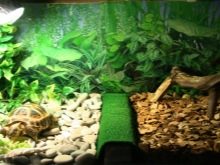

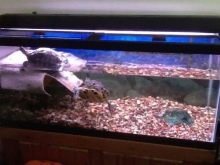
Manufacturing materials
The material for the manufacture of turtle aquariums is ordinary (silicate) and acrylic (organic) glass. Ordinary glass is more wear-resistant: unlike plexiglass, it does not scratch when cleaning the walls. It has a lower thermal conductivity, which makes it possible to create the necessary microclimate. Reptiles often do not see the glass and hit the walls.

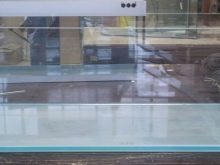
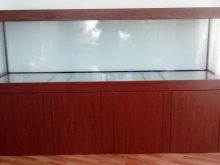
To avoid injury to the pet, an aquarium background is placed on the glass, and only the opening wall is kept transparent.
Plexiglas is a plastic that transmits light well, has a high resistance to impacts, and does not contain toxic substances. The weight of a plastic aquarium is almost 2.5 times lighter than a glass one. A large plastic non-toxic food container can also be adapted as a home for the turtle. For land pets, you can use a wooden terrarium.
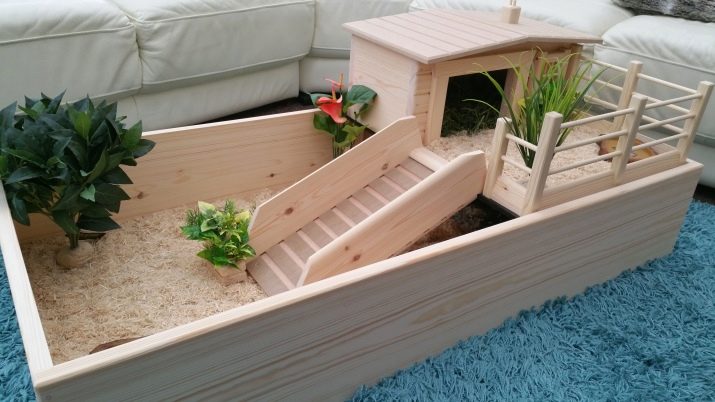
Necessary equipment
Regardless of the type of turtle, every aquarium must be properly equipped. The reptile's dwelling should match the natural conditions of its life as best as possible. But the individual characteristics of the arrangement of its living space will depend on the type of turtle. Turtles are not clean and pollute the water with food debris and excrement.
Therefore, in any aquarium, a filter (external and internal) is required to maintain the purity of the water.

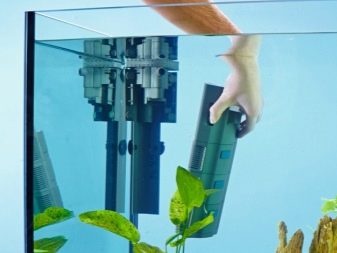
It is recommended to use a filter with a water capacity of 2 aquarium volumes per hour. In addition, equipment such as:
- conventional incandescent lamp (40 W);
- ultraviolet lamp (UVB 5%);
- heater for water.
A place for feeding should be allocated by placing a feeder.

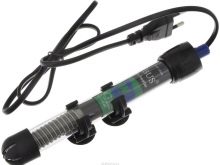

It should have low walls so that the turtle can eat comfortably (a regular small saucer will do).
For terrestrial species, set up a small swimming pool in the terrarium. The decorative design of the home is also important: they place beautiful driftwood, stones and shelters where the pet can retire and relax.
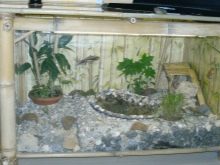

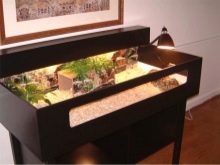
What should be the water and how much should it be poured?
For the comfortable keeping of the turtle, a pool is required. The amount of water in it depends on the type of reptile. For terrestrial species, the depth of the reservoir should be only 0.5 of the height of the reptile's shell. For the freshwater red-eared turtle and other aquatic species, a slightly larger volume is required, which would provide it with the ability to freely roll over with its shell down.
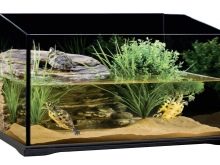
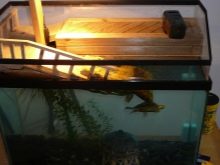
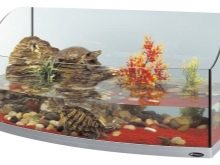
The depth of the pool depends on the size of the pet and should exceed its length by about 1.5–2 times. If the turtle is 10 cm long, then the water should be at least 15 cm deep.
There should be no obstacles for the swimming of the animal in the pool.
You can use ordinary tap water for an aquarium, but you must first let it stand for about 5 days. This is necessary to evaporate chlorine from it. The high chlorine content can cause eye and skin allergies in the reptile. The water must always be clean and fresh. There are such requirements for water quality as:
- acidity (pH) within 6–8, which corresponds to tap water;
- water hardness can be any, but water with a higher carbonate content - a source of calcium is considered more useful;
- optimal water temperature - + 26– + 30 degrees; at lower temperatures, the red-eared turtle and other aquatic species become lethargic and inert and may even refuse to eat.
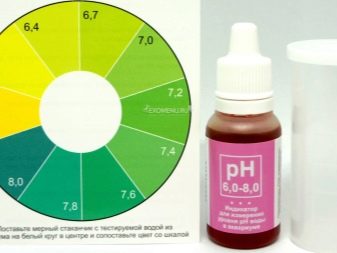

Important! Aquatic species have a great need for water. Without it, the reptile can normally live no more than 2 days, and then it will experience dehydration.
Sushi arrangement
Although the red-eared turtle lives and spends a lot of time in the water, in addition to the reservoir, land is necessary in the aquarium. Here the animal can breathe oxygen and bask under ultraviolet light. When equipping the shore, you should adhere to such rules as:
- the size of the coastal space should be 3-4 times the size of the pet; when keeping several reptiles, the total land area should be 2 times the number of individuals; the ratio of land and coast - 20% to 80%;
- the shore surface must be non-slip;
- land areas should be placed both in lighted and shady places;
- land must be fairly high from the water level;
- coastal areas should be well fixed so that they can support the weight of the animal;
- it is strictly forbidden to use toxic materials to decorate sushi;
- for safe descent into the water and ascent from it, the coastal areas should be located obliquely, gently descending to the very bottom of the pool; can be equipped with special ladders or ladders; sheer slopes are strictly prohibited;
- the coastal level should be 20-30 cm below the top edge of the aquarium so that the animal cannot get out of the dwelling;
- to decorate sushi, medium and large pebbles or ordinary smooth pebbles are most often used, fastening them with an aquarium sealant; It is not recommended to take small pebbles as a reptile can swallow it, which will lead to illness.
In addition to the shore, it is advisable to place islands on the water.


When decorating several islands, some of them may be dry, and some may be slightly (a few millimeters) submerged in water.
Lighting and heating
To maintain a microclimate and a stable temperature in the aquarium, heating must be used. The water is heated to the required temperature (+ 26– + 30 degrees) using a heater, which is immersed in the pool. To prevent your pet from injury, the heater can be placed behind the aquarium decorations or covered with a plastic tube. The daylight of a reptile is not enough. To create comfortable living conditions, it is necessary to provide additional lighting.
An incandescent lamp (up to 60 W) should be installed over the shore, under the light of which the turtle will bask. You can use a special terrarium lamp with reflector. The lamp must be positioned at such a distance that the reptile does not reach it, and water spray does not reach it.
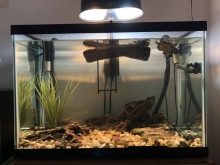
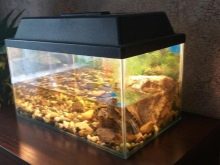
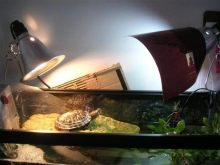
The luminaire will heat up the air to the optimum level, which is + 30– + 35 degrees.
Reptiles are animals whose body temperature is regulated by external sources. In natural habitat, turtles, as necessary, are located in the sun, then in the shade. Therefore, in the aquarium, it is also necessary to provide for the presence of both a lighted warm area and a cooler shady zone. To achieve this, a heating lamp is placed in the corner of the aquarium.
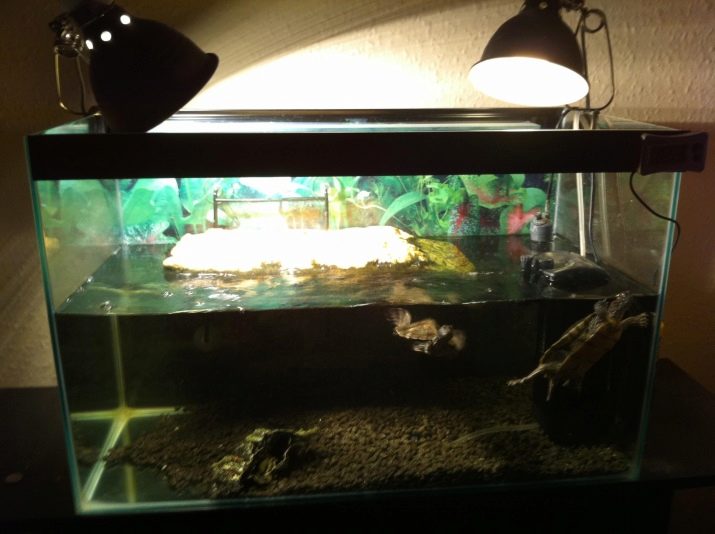
It will heat almost half of the container space, and in the corner opposite there will be a cool zone, where less heat gets. The temperature here will be about +26 degrees.
An ultraviolet lamp should also be placed for illumination. UV radiation takes part in the assimilation of vitamin B, calcium and the production of vitamin D, which is necessary for strengthening the shell. UV rays also have a beneficial effect on the metabolism, skin condition of the reptile and general well-being. However, the effect of ultraviolet light weakens with distance from the lamp. Therefore, it is placed, strictly following the instructions of the instructions.The approximate distance from land to the lamp is 30 cm. And also periodically, the lamp needs to be replaced, since the intensity of the rays gradually decreases. The UV lamp is only turned on for a short time (10–12 hours).
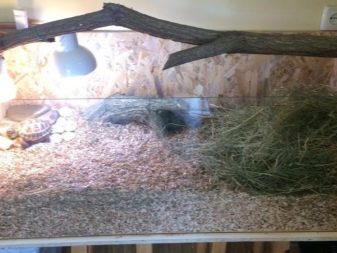
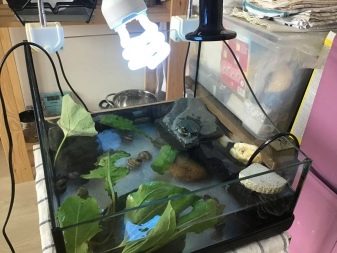
Proper ventilation
Often aquariums are covered with a perforated lid to prevent the turtle from climbing out. However, this ventilation does not provide an adequate supply of fresh air. Poor aeration leads to air stagnation and the accumulation of gases (especially carbon dioxide) at the bottom of the tank, emitted by reptiles. This leads to various diseases of the animal. Therefore, additional flow aeration is so necessary. When arranging ventilation in aquariums for terrestrial turtles, the method of thermal convection is used: cold air enters the aquarium through the holes in the lower part of the walls, then heats up, it rises and goes out through the upper holes in the lid.

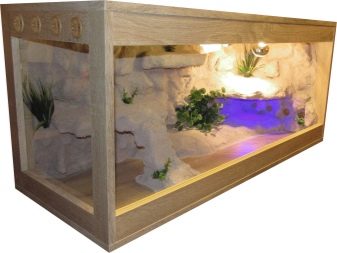
Flow aeration can also be carried out through the holes in the side walls, which are located at the top and bottom near the ground.
The ventilation can also control humidity, which depends on the number of inlets and outlets. Less moisture is achieved due to the large number of these holes, and more moisture is achieved due to a decrease in the number of those and other holes. To aerate the air in the aquarium of the red-eared aquatic turtle, in addition to the lid with holes, a compressor is usually used, which simultaneously fills with air and water.
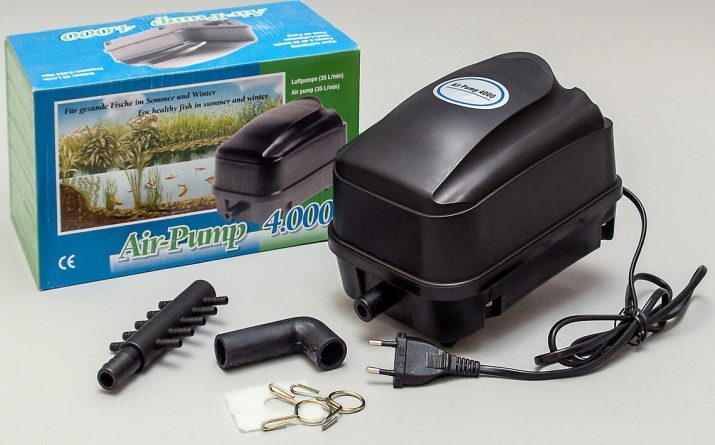
Vegetation and decor
An empty aquarium does not look very aesthetically pleasing. You can beautifully equip a pet's dwelling at home with your own hands. You can decorate it with different attributes, but the main principle of the arrangement is the safety of the animal. When decorating a reptile's home, it is important not to fill the space too much, so as not to interfere with their movement. A layer of coarse gravel can be placed on the bottom of the red-eared turtle tank, although this will make cleaning somewhat difficult.
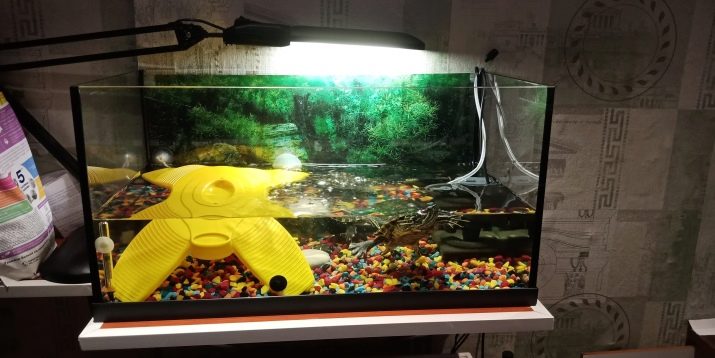
For terrestrial species, hay is sometimes used, but dry twigs can injure the delicate skin of reptiles.
The best option for arranging the bottom for them is multilayer soil, including both hard zones where the turtle walks and grinds off its claws, and zones of bulk materials so that it can burrow into it.
The soil must be arranged as follows:
- the lowest layer is a film that absorbs moisture well; it will absorb the waste released by animals in the process of life;
- then they put a regular bedding with holes, which are used in the bathroom, excess moisture will seep through the holes and be absorbed into the film; this mat should be fixed so that the pet does not crawl under it;
- soil is poured on top - for a hard zone you can use gravel or pebbles, and for loose zones - sand; it is important that the stones are fairly large and do not have sharp edges.
The pool of the red-eared pet can also be beautifully decorated.
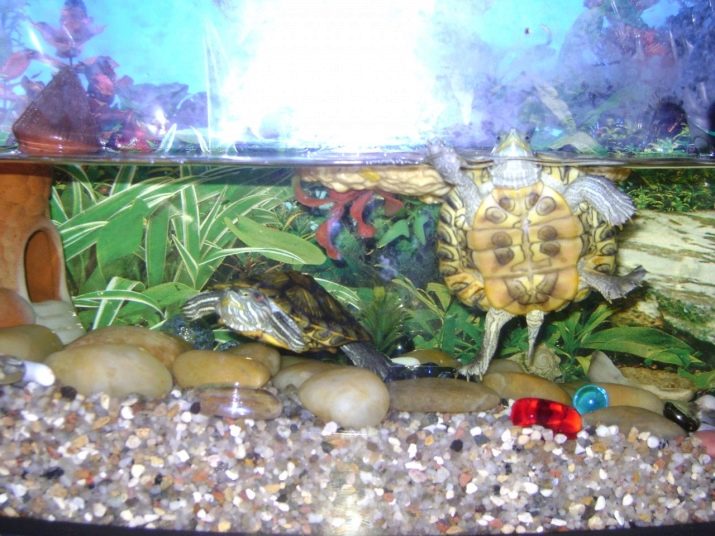
Large shells will not only decorate the pond, but will also be an additional source of calcium. Castles, grottoes and caves, as well as decorative driftwood and stones are also often used for decoration.
Such accessories can be bought or made with your own hands from non-toxic materials. They must be safe for animals and not have sharp edges.
Usually, live plants are not used to decorate the aquarium, since reptiles love to feast on them or simply dig them up. Natural plants can be used to arrange an aquarium only for young individuals: turtles do not eat greens until they are one year old. Sometimes artificial plants are used, fixing them well in the bottom soil. However, there is also a risk that the pet will chew on them. Lands and islands are often decorated with artificial vines. Exactly the same means can be used to equip an aquarium for land turtles.
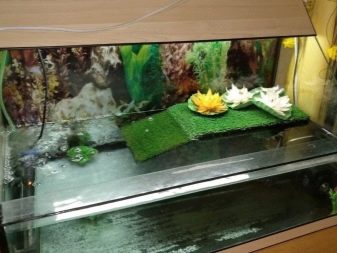
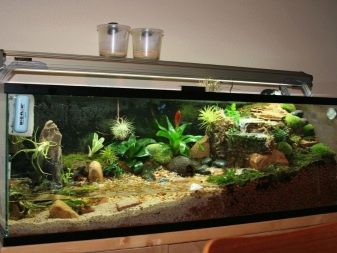
Correct care
After creating favorable conditions of detention, proper care of the reptile should be organized.It includes such moments as rational nutrition, caring for the animal itself and cleaning its home. The red-eared turtle, like all other aquatic species, is omnivorous. Until she reaches 3-4 years of age, she is fed mainly with meat food. Starting from 4 years of age, when puberty occurs, the vegetable portion of the diet increases from 30 to 50%.
Meat foods include lean meat (except pork and lamb), liver. Various insects (grasshoppers), earthworms, snails (land and aquarium) are useful.
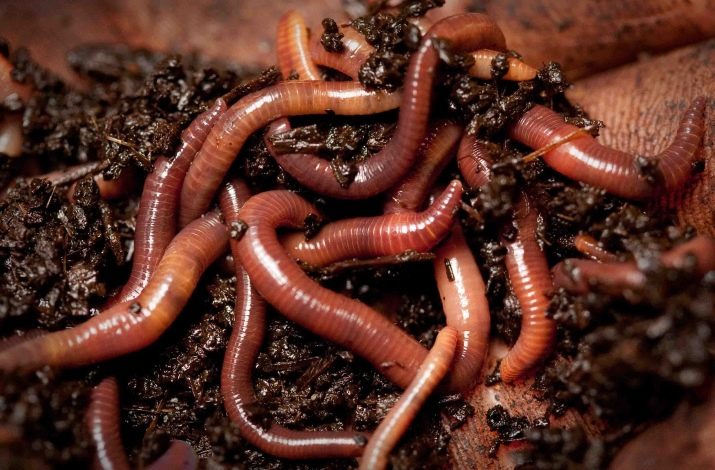
Only sea fish can be given. Vegetable food is represented quite diversely, namely:
- plants for aquariums with the exception of elodea;
- indoor plants - tradescantia, aloe and thornless cactus, hibiscus;
- herbaceous plants - plantain, clover, dandelion;
- beet and carrot tops, lettuce leaves;
- various vegetables - bell peppers and cucumbers, carrots and zucchini,
- fruits - apples and pears, plums and bananas.
Caring for the red-eared reptile itself consists in cleaning its shell. Since it has nerve endings, and it has sensitivity, you only need to clean the shell with a soft sponge.
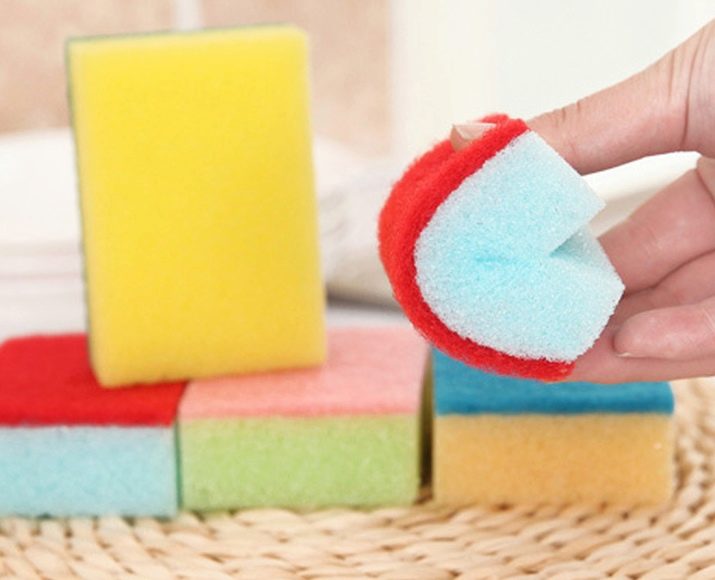
It is forbidden to use any detergents or brushes with stiff bristles. Periodically, the turtle needs to trim its claws. This should be done only with special tweezers that can be bought at the pet store.
The red-eared turtle can shed frequently, and the surface layer of the skin peels off. In this case, it is useful to bathe it in warm chamomile broth. Dried scales can also be gently removed with cotton swabs. It is also required to take care of the pet's home. It is necessary to monitor the purity of the pool water. The water in it is changed often - up to 2 times a week. Water can be changed not all, but only a third to preserve the microflora of the reservoir.
The aquarium should be washed when the walls are dirty. To do this, first isolate the pet and drain all the water. Then the soil and accessories in the pool are well rinsed in clean water without detergents. Next, clean the walls of the aquarium with a wooden scraper without the use of cleaning agents. You can only use baking soda, after which the container should be thoroughly rinsed.

Then all decorative attributes are returned to the aquarium and filled with fresh settled water. A full water change is carried out no more than 1 time in 30 days.
If there is no filter in the aquarium, then the water change is done more often: full - once a week, and partial - after 3-4 days. Land turtles should also be kept clean. Since they like to bury themselves in the ground, they quickly become contaminated. Therefore, they should be bathed regularly.
Wash them in warm water with the addition of soda at the rate of 1 teaspoon per liter of liquid, immersing them in water and leaving in it for 20 minutes. Then, taking out the turtle and letting it dry, they wipe its skin with a swab dipped in olive oil. Of course, a comfortable arrangement of living space and ensuring the correct maintenance requires some material costs and labor input. Therefore, before acquiring an exotic animal, all this should be foreseen.
How to start a turtle aquarium, see below.








